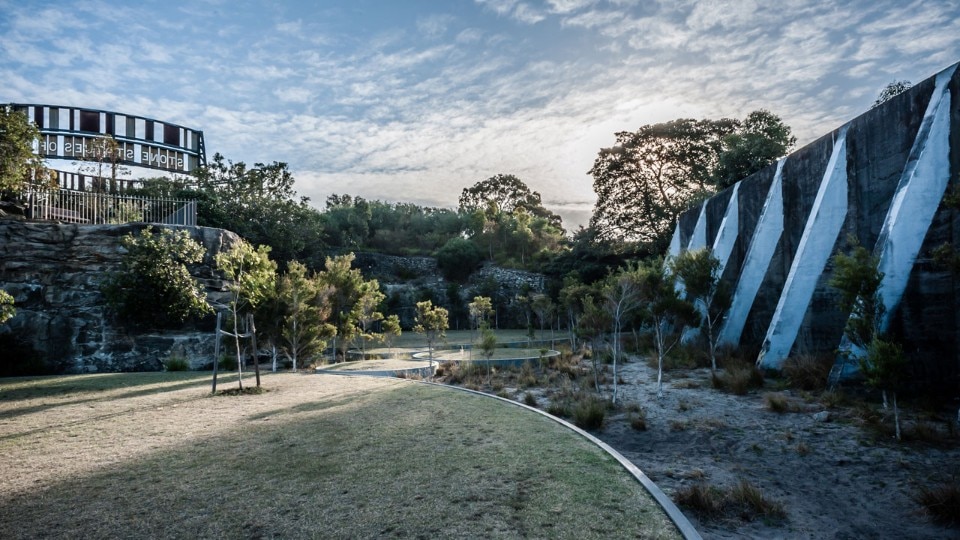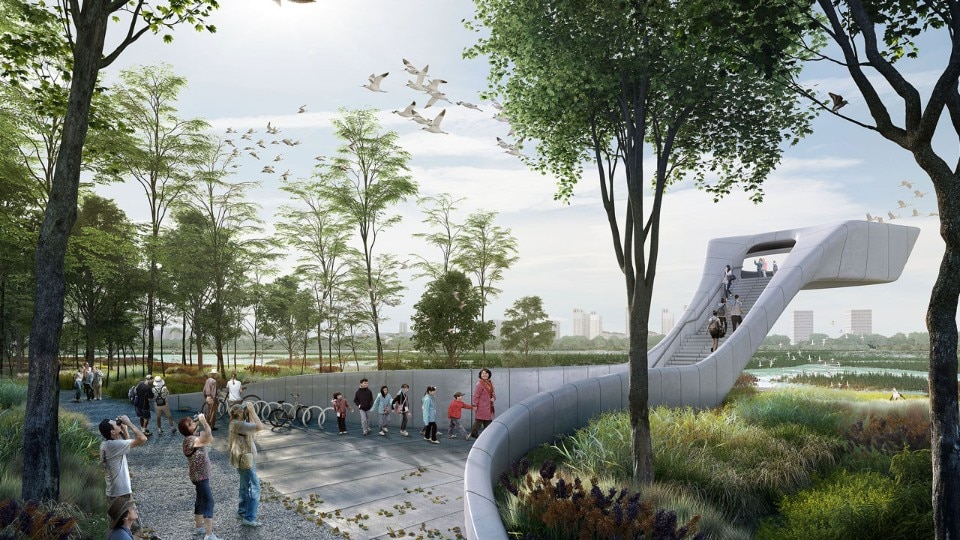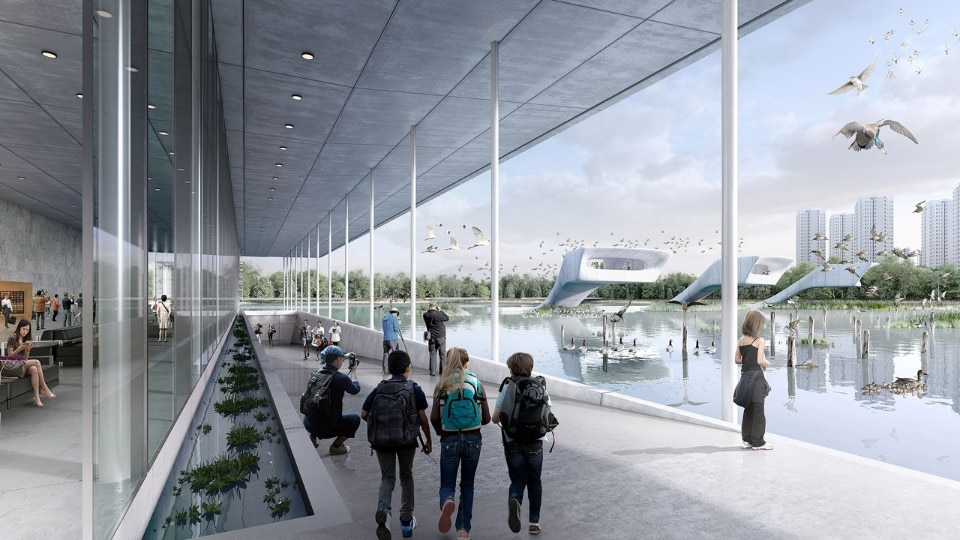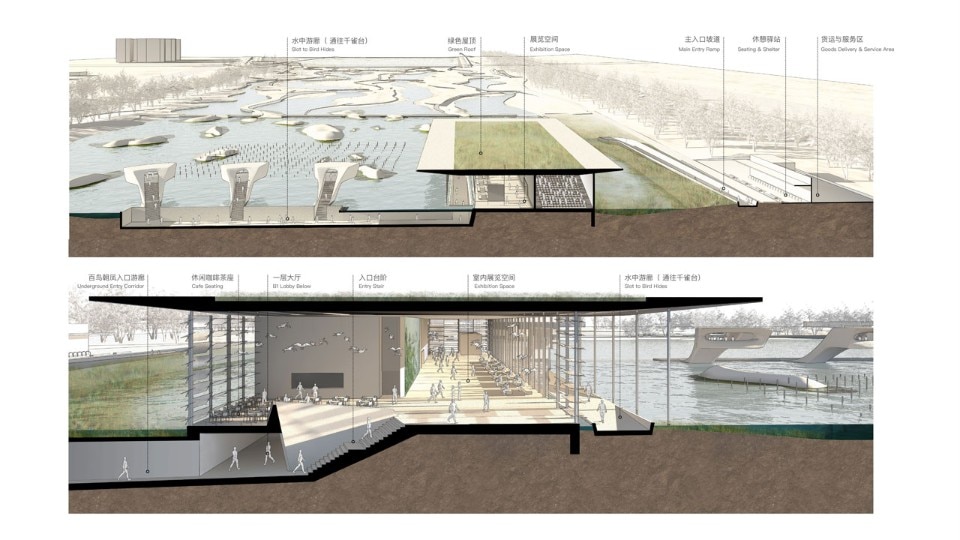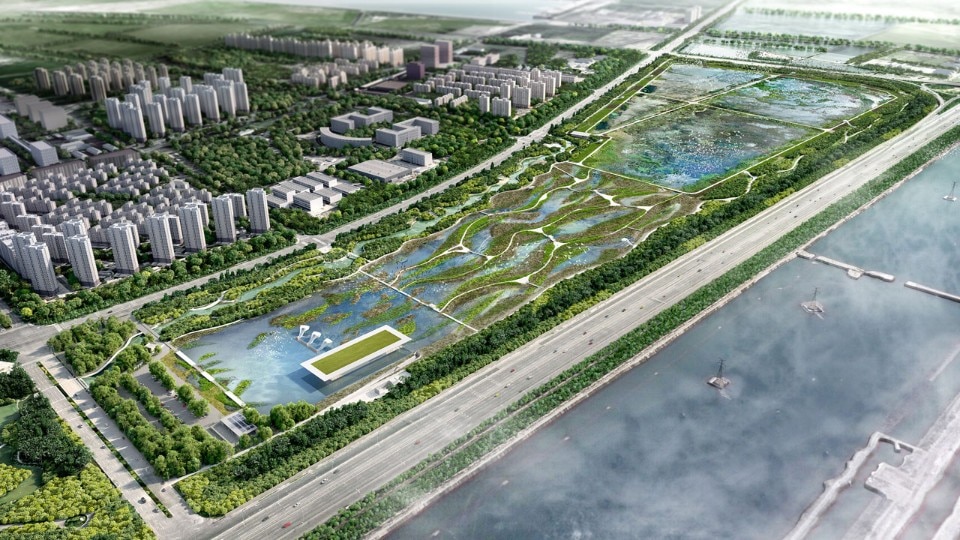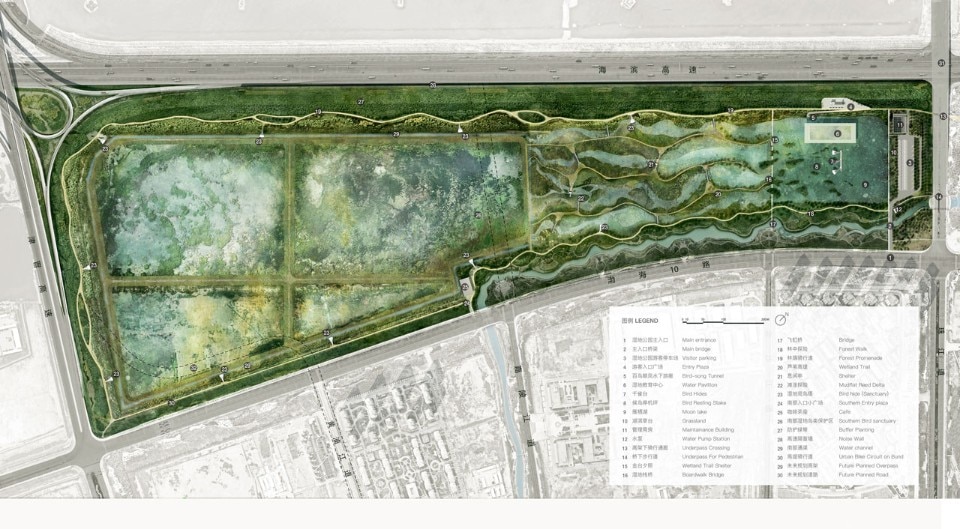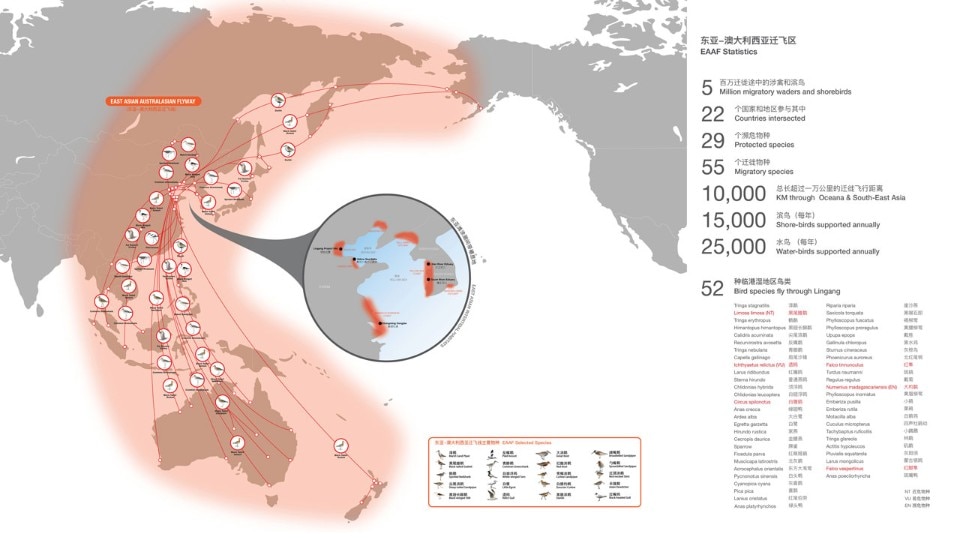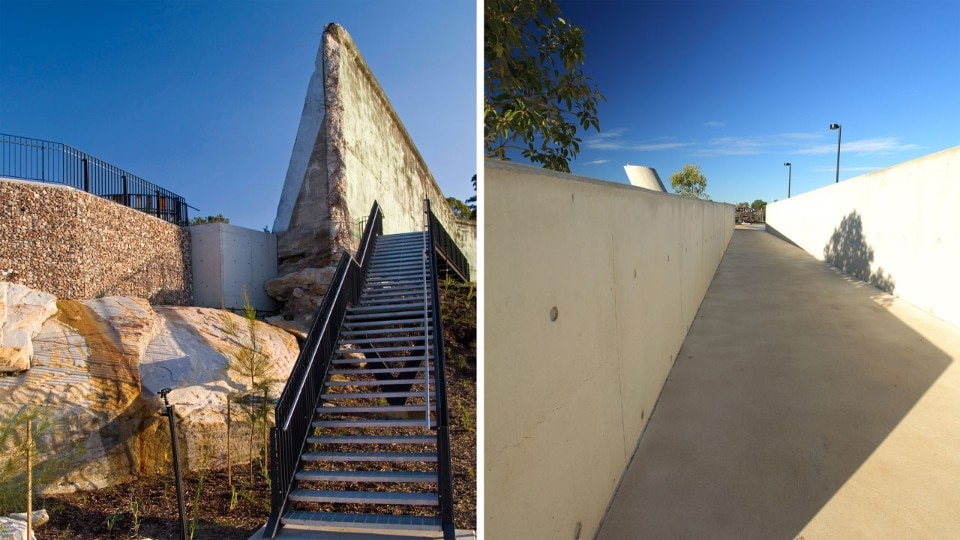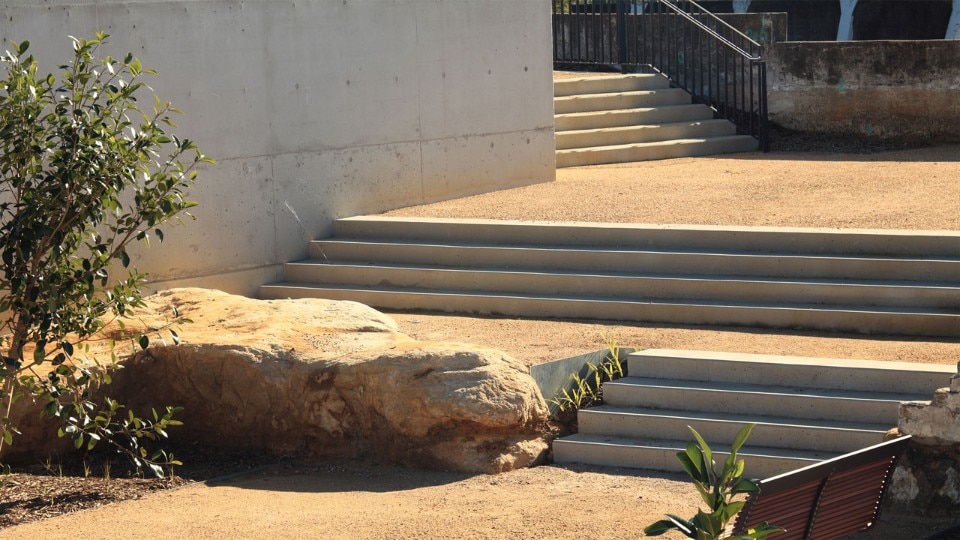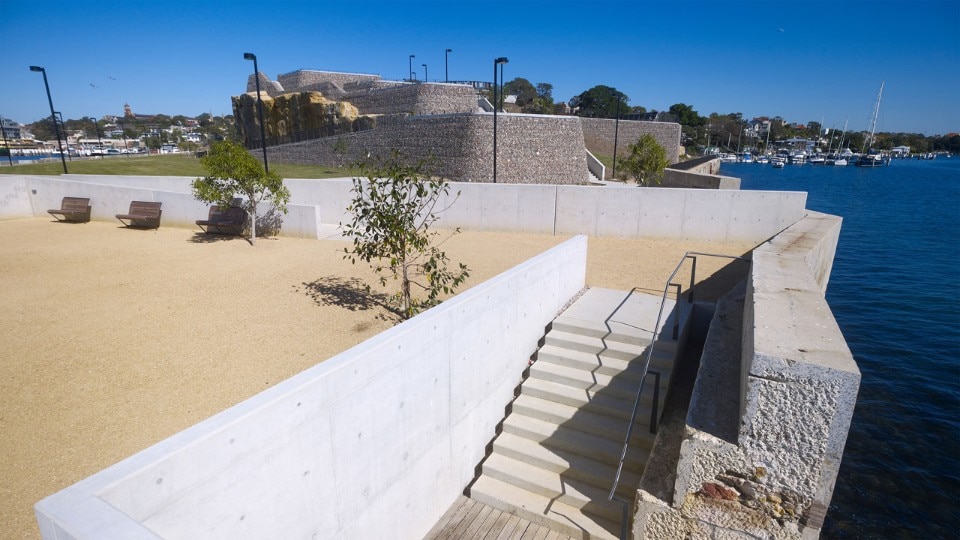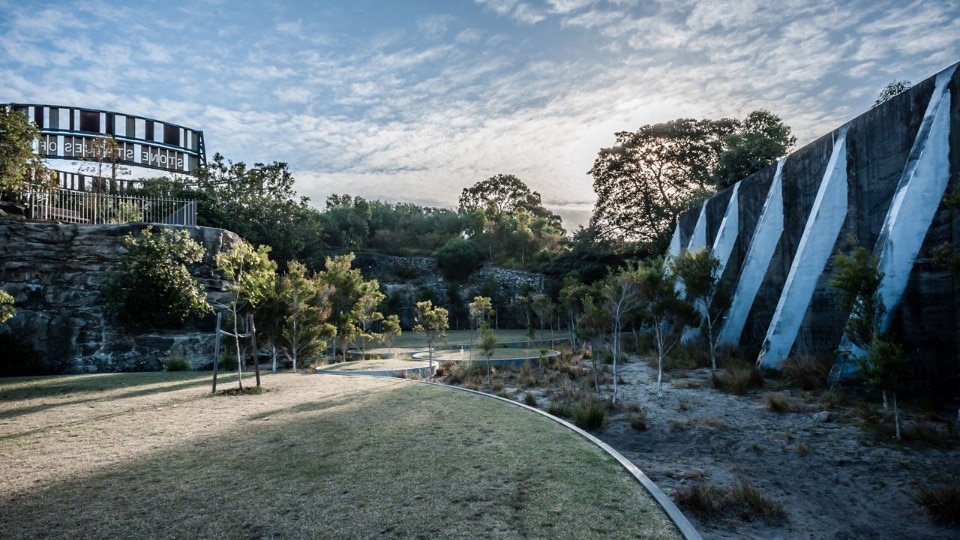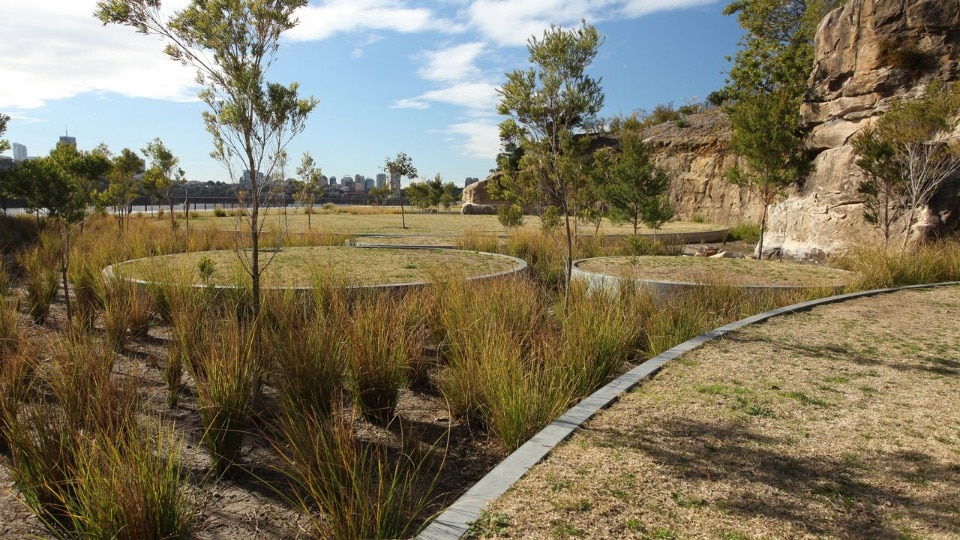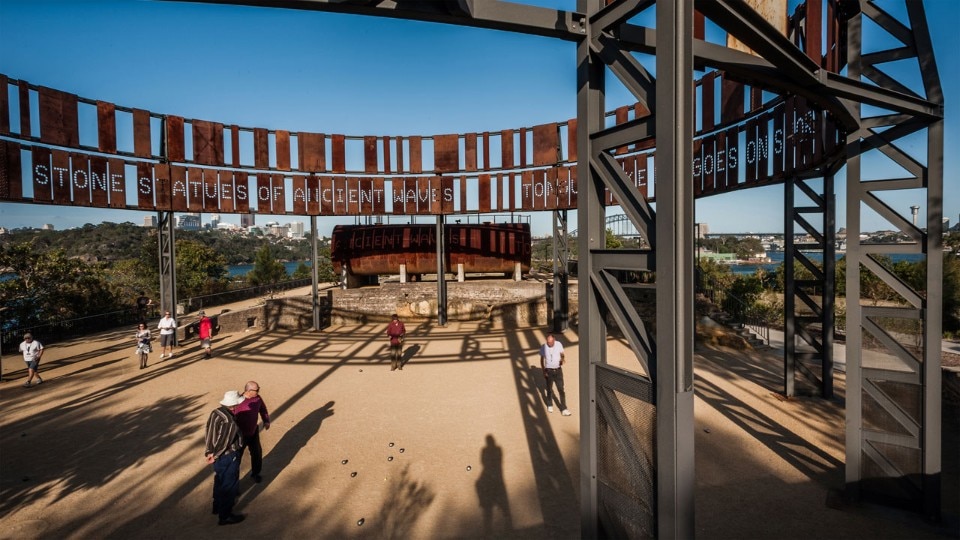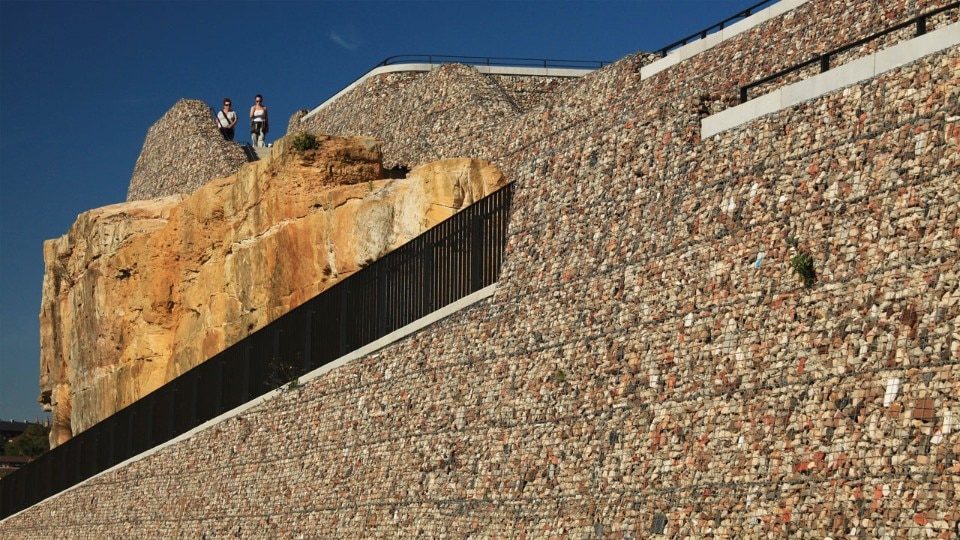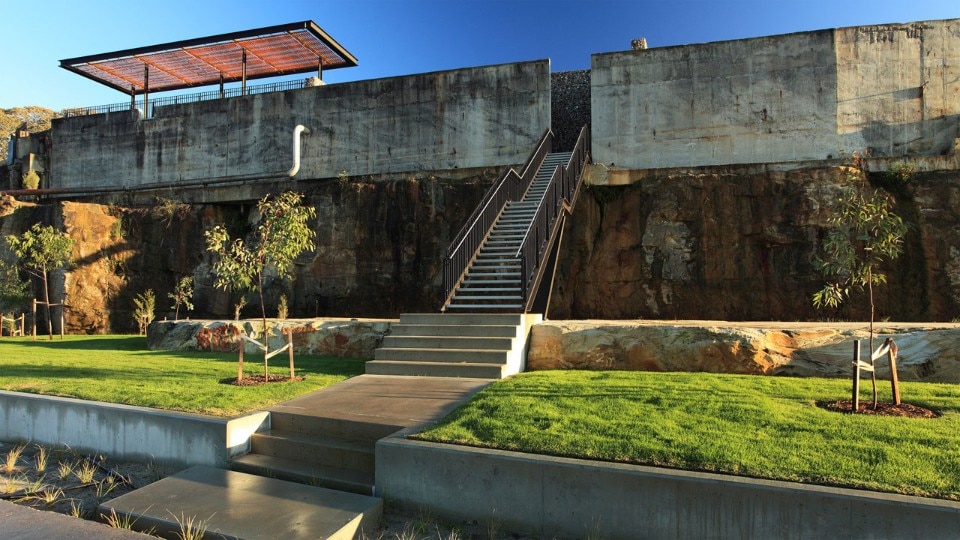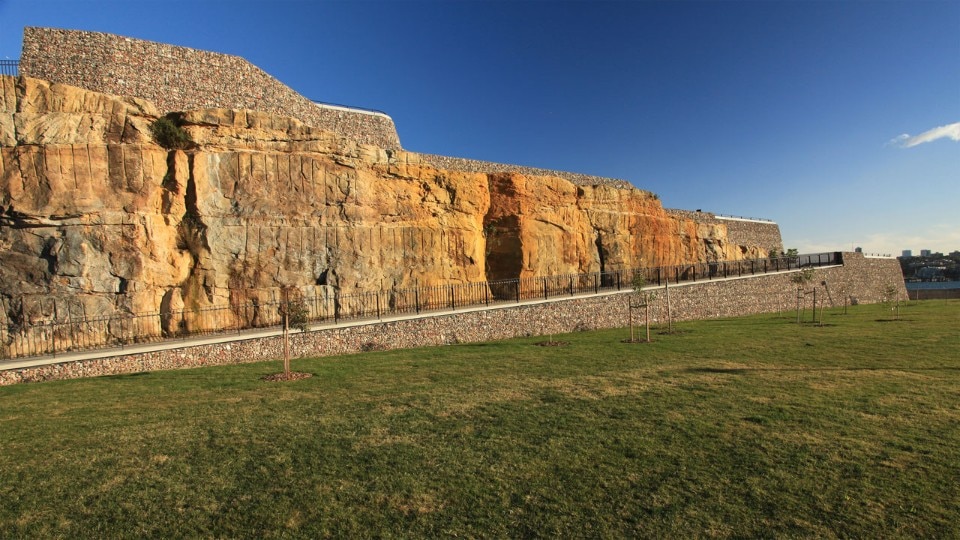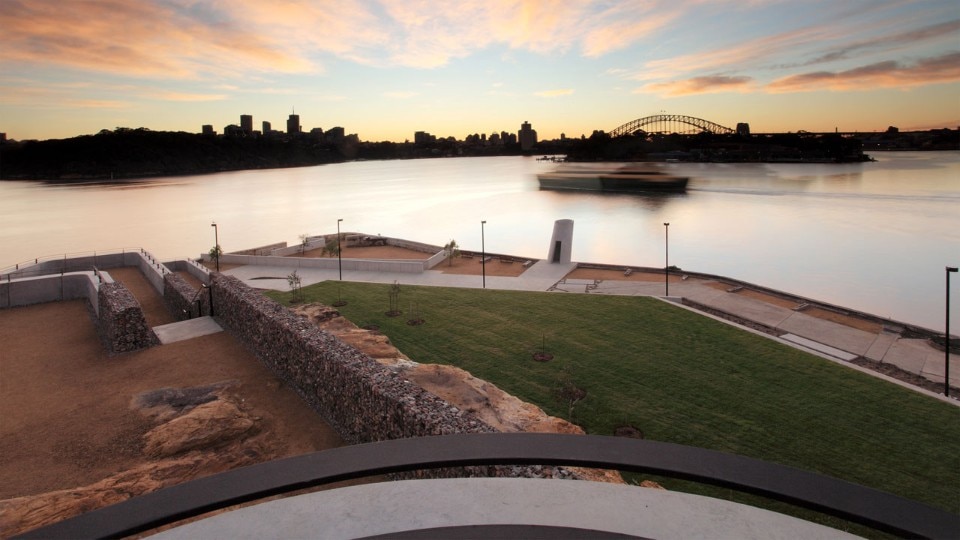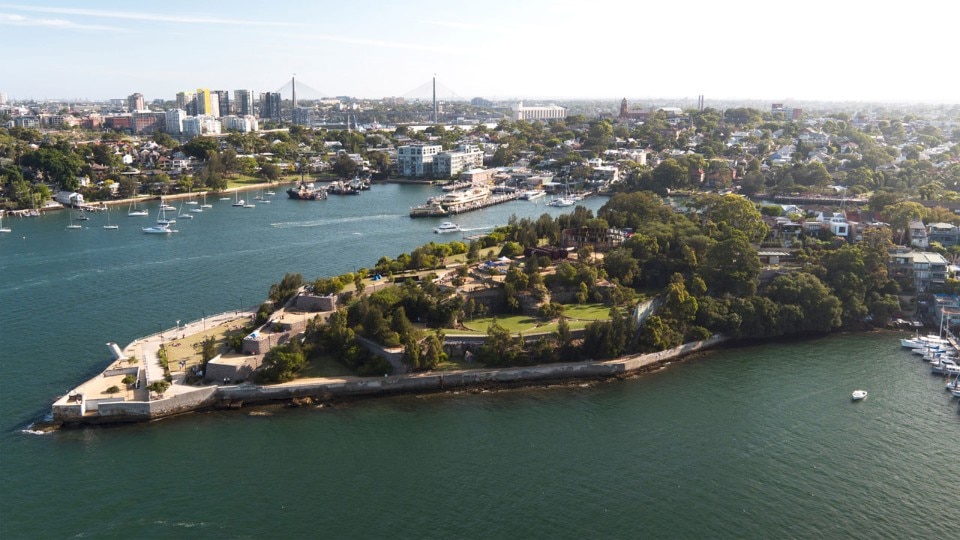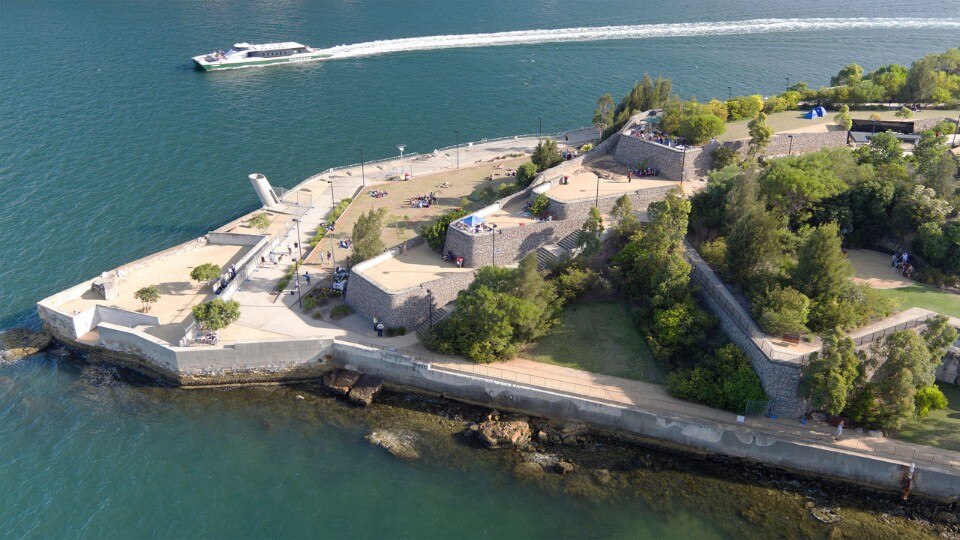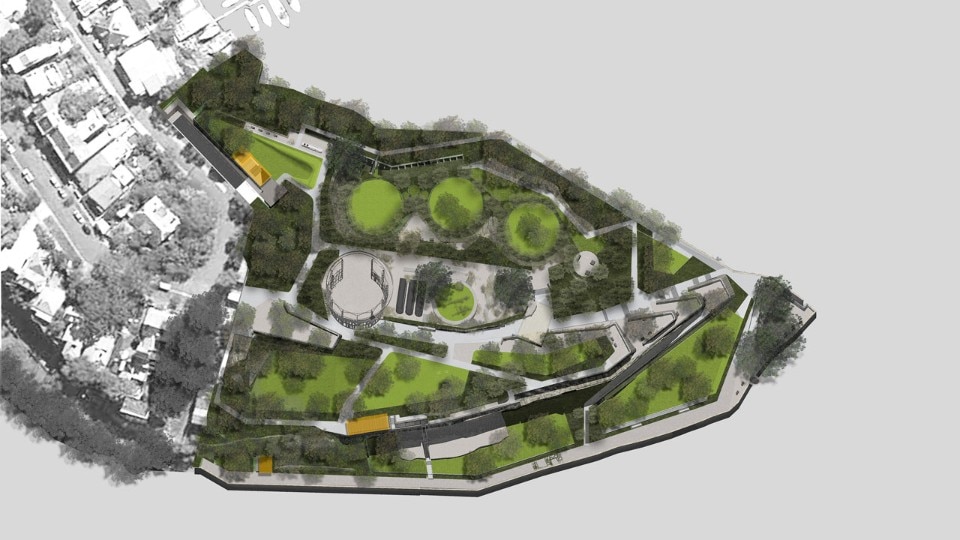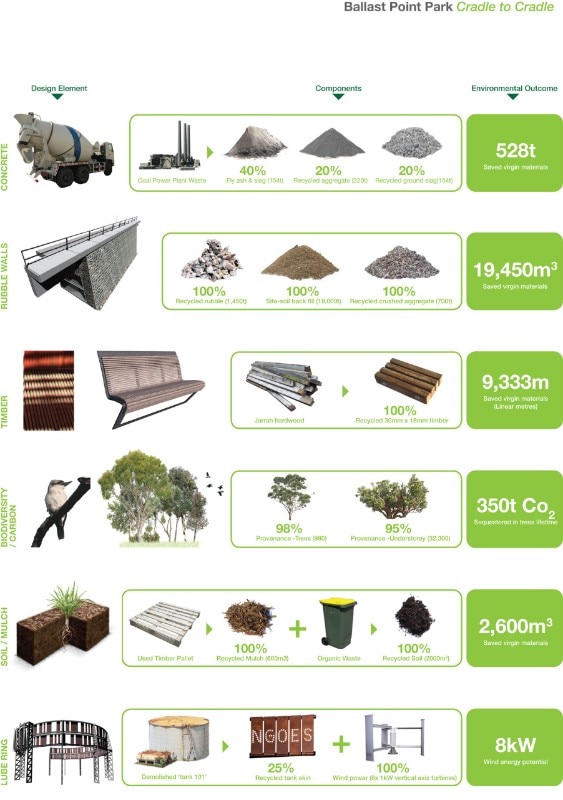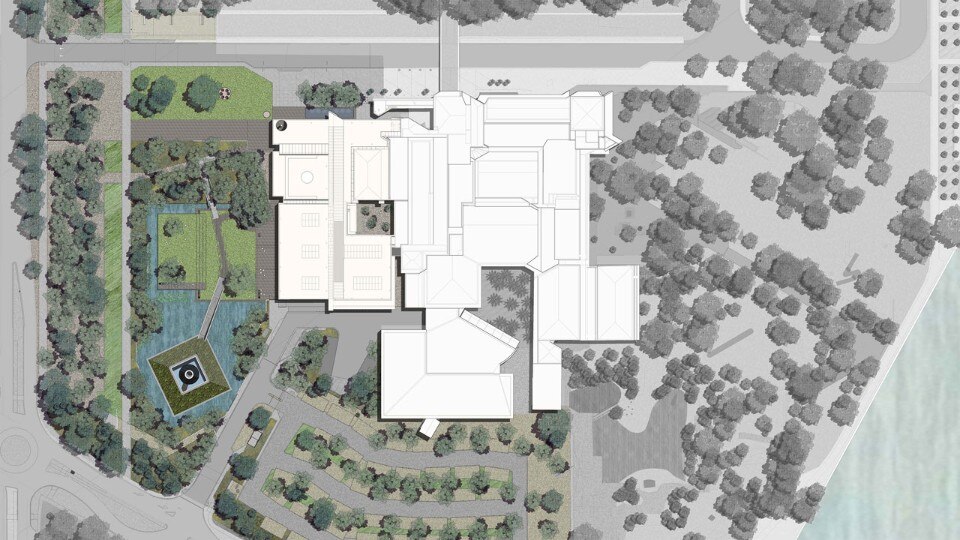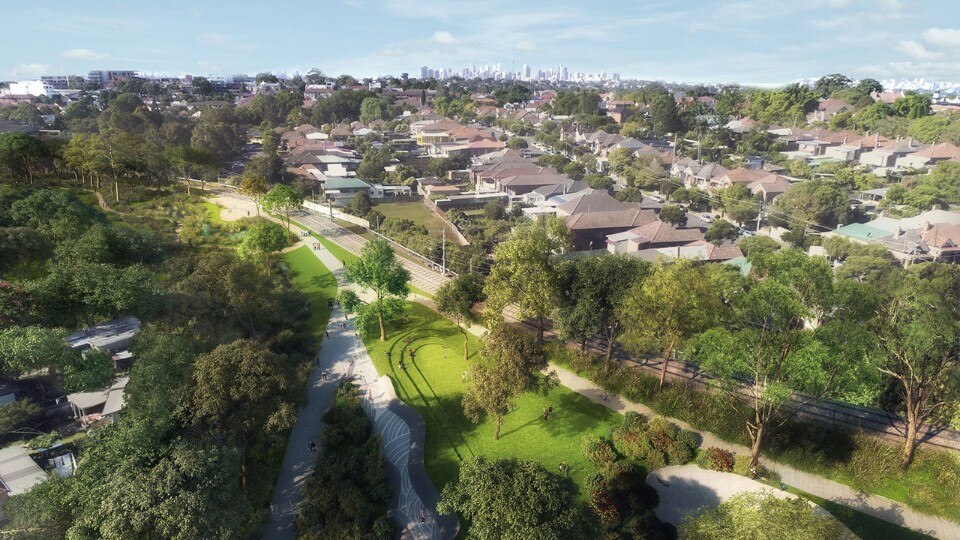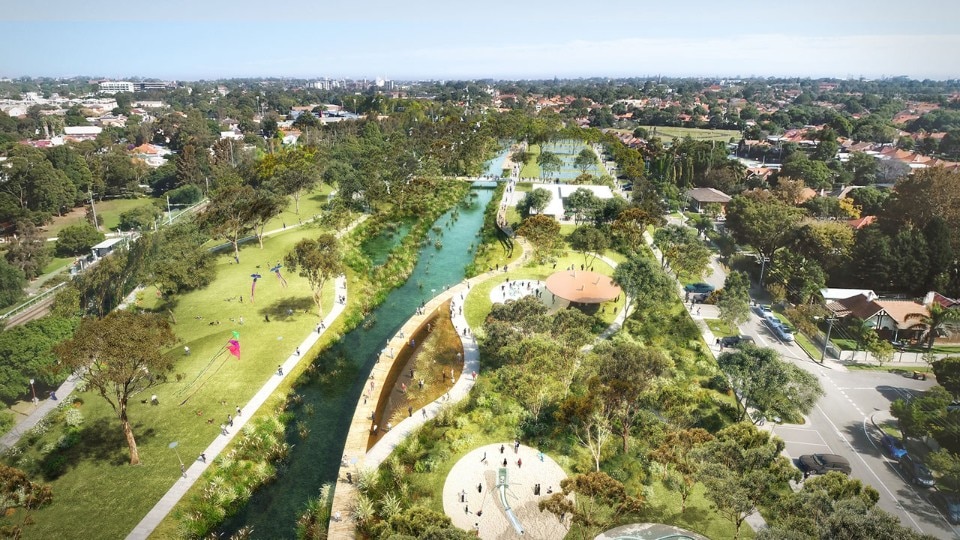Every year tens of millions of birds travel back and forth across the world between Antarctica to the Arctic far north. These pathways cross cities, wilderness and everything in between, habitants which can be more or less hospitable to birds as they look for food and water. At the port of Tianjin in China, an Australian architecture firm McGregor Coxall have been awarded first prize in an international design competition for a unique project, called an Airport for Birds, a 60-hectare bird sanctuary on a degraded landfill site next to an airport. The project is reflective of a philosophy of biourbanism that has been cultivated by the firm, a unique conceptualisation which conceives as the city as a form of nature rather than a development which opposes nature, seeking to find complementarity between all systems in project design.
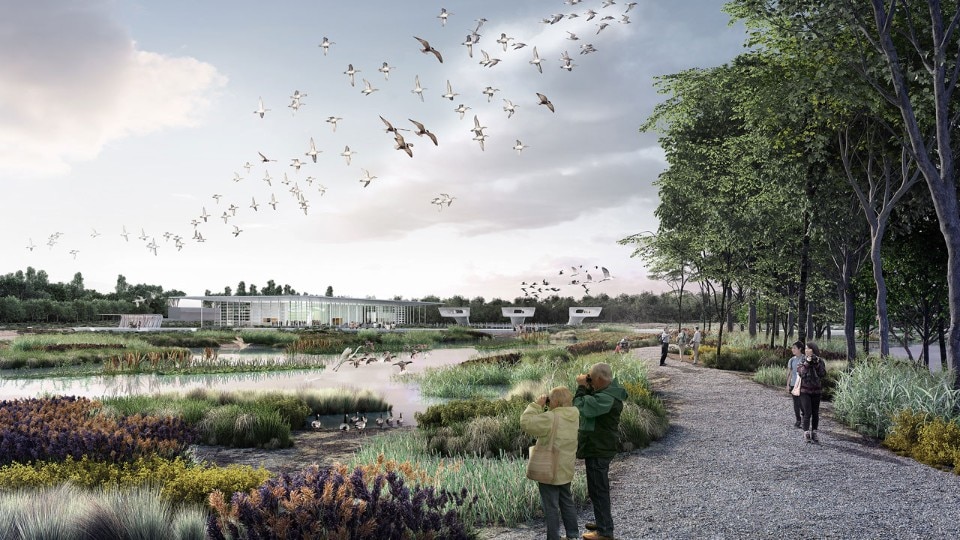
 View gallery
View gallery
Biocities and biourbanism are a philosophies central to your practice and how you approach design. Can you explain these ideas?
Adrian McGregor: Biourbanism has emerged through a search to find a platform or a paradigm around which we can plan cities in a more intelligent way. And that comes from successes and failures working with cities around the world and trying to concede something that is going to improve cities for the human race.
How would biourbanism do that?
It considers a city to be a biome. Human beings like to separate themselves and cities from nature. The premise of biourbanism is that we are a living organism and our cities are nature. As soon as you consider a city to be nature it changes how you plan for that city.
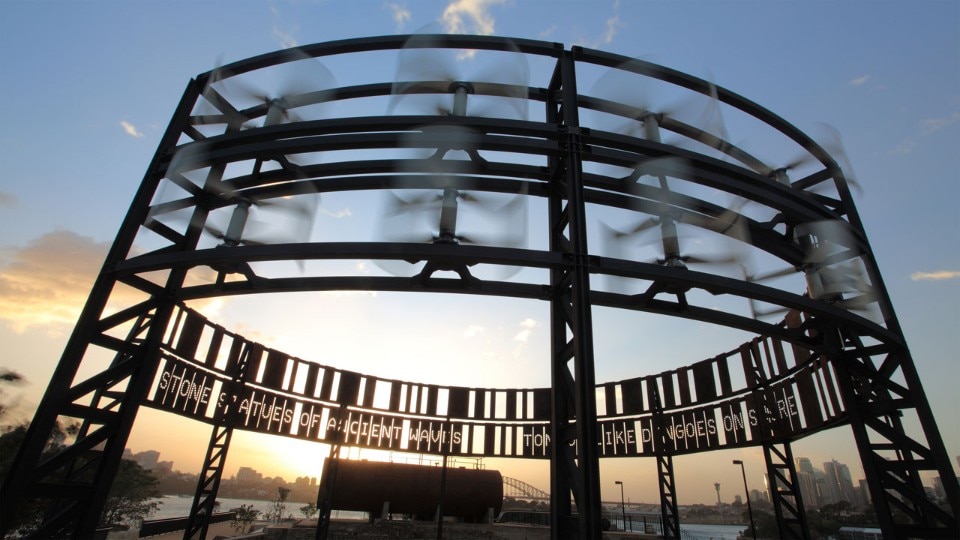
 View gallery
View gallery
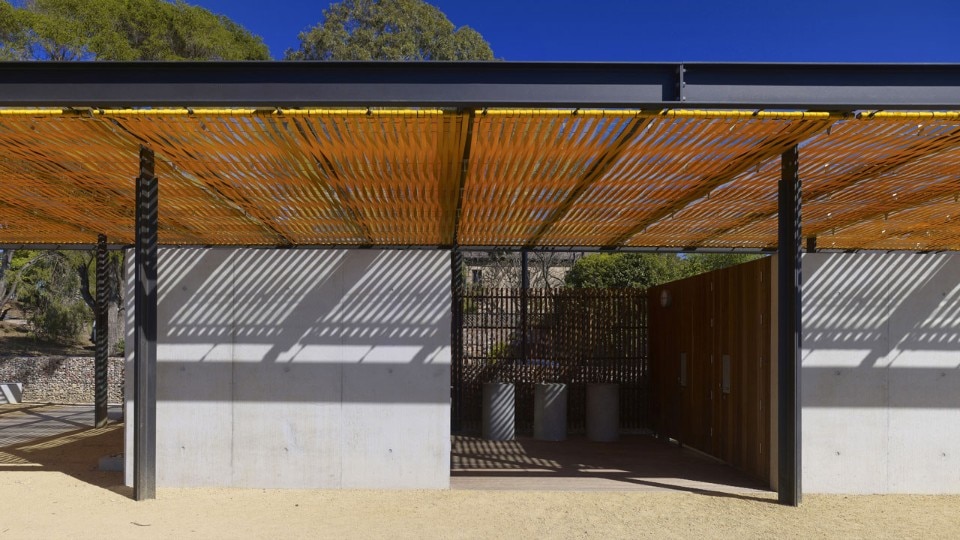
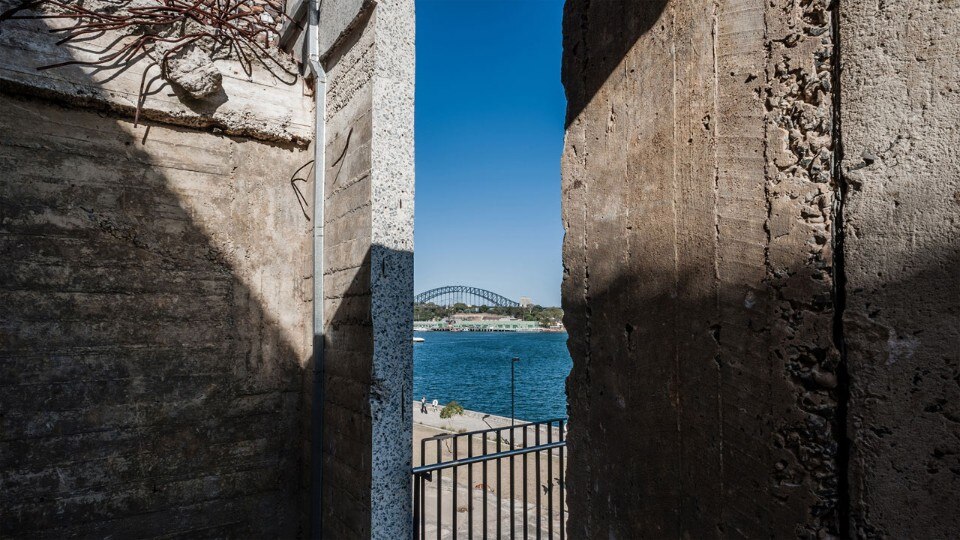
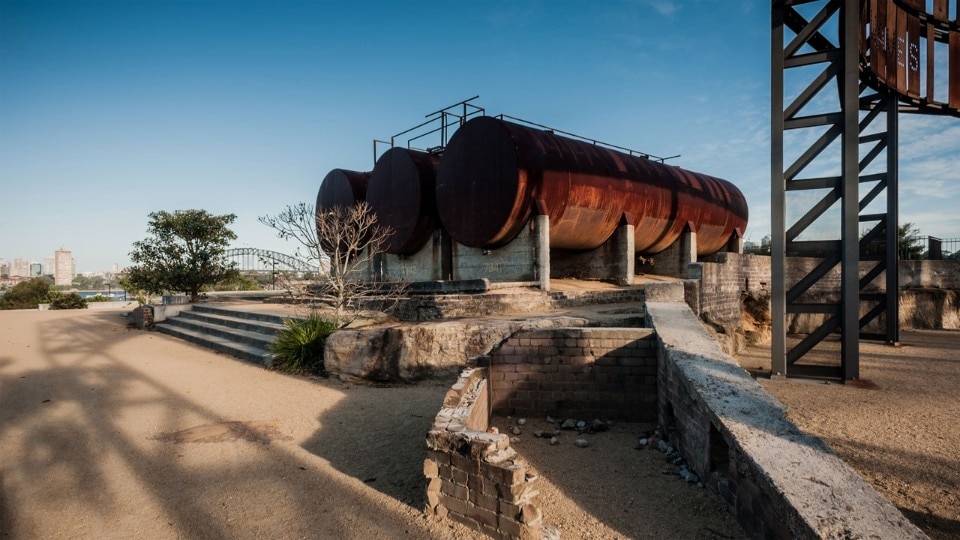
The issue of migratory birds needing respite, was that incorporated into a design brief or did you identify that in your research?
What we conceived was an idea where humans and birds can coexist on the one site. The design worked out how we could manage human beings and birds and protect both their interests. So we had a transition of intensity. One end of the site was for visitor experience, museum, education and all those things around ecological tourism and education. The other end of the site was completely protected for birds, so it was about conservation, and there was a midpoint where these things transitioned which was a constructed wetland. So it was very much about city as nature and can you have an environment for migratory birds right in the middle of the city and still manage the systems they require to survive.
How do you do design with shared resources, things like air and water which are easily polluted but also essential?
Because the bird airport was a discrete site we had a high degree of control over air, water and vegetation. We could create our own micro ecosystems on the site and make sure that water recycling, vegetation and soil and microorganisms are all effectively managed to benefit each other.
Do you think design media and imaging have any role to play in making the focus on imagery and aesthetic criteria being valued above say sustainability criteria in new projects?
Aesthetics, design and fashion, they are crucial to human culture, they always will be. But there is no reason we cannot have that and a foundation that underpins that aesthetic that is disruptive and moving toward 21st century practices, you can do both. If government was a little more proactive in determining carbon targets so designers had a framework they had to respond to that would very quickly shift things along.
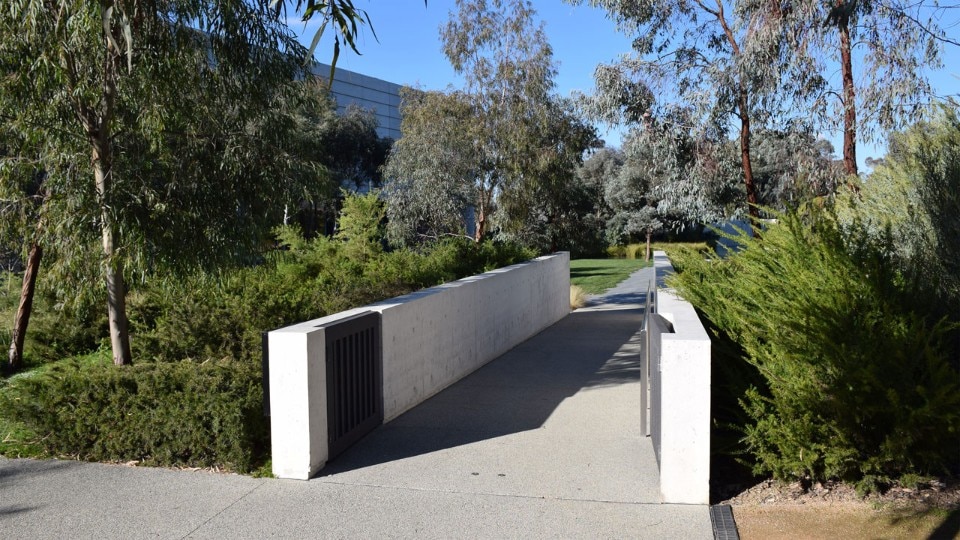
 View gallery
View gallery

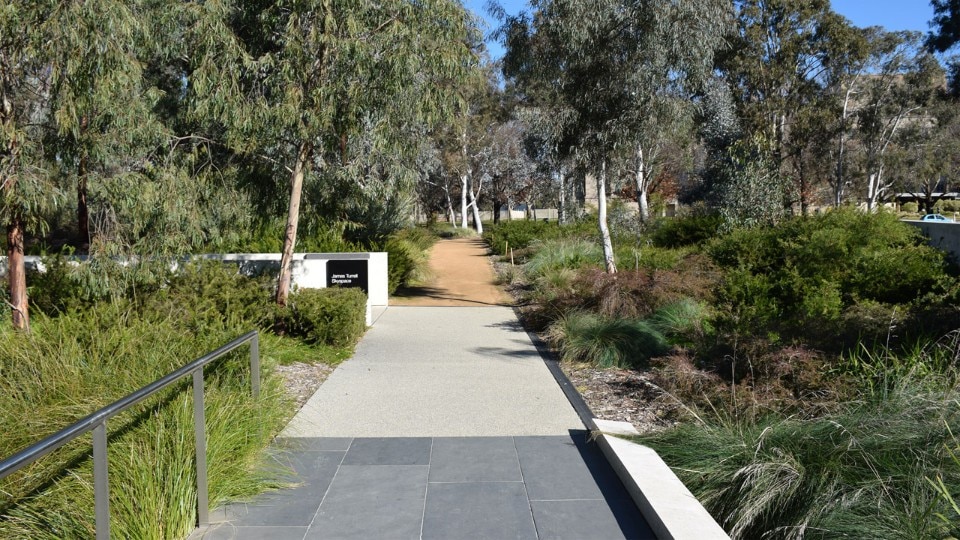
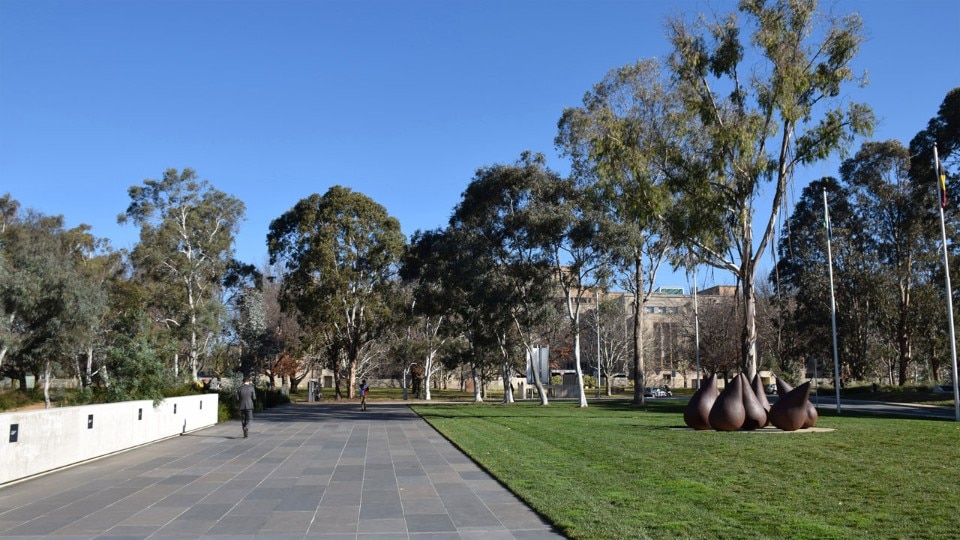
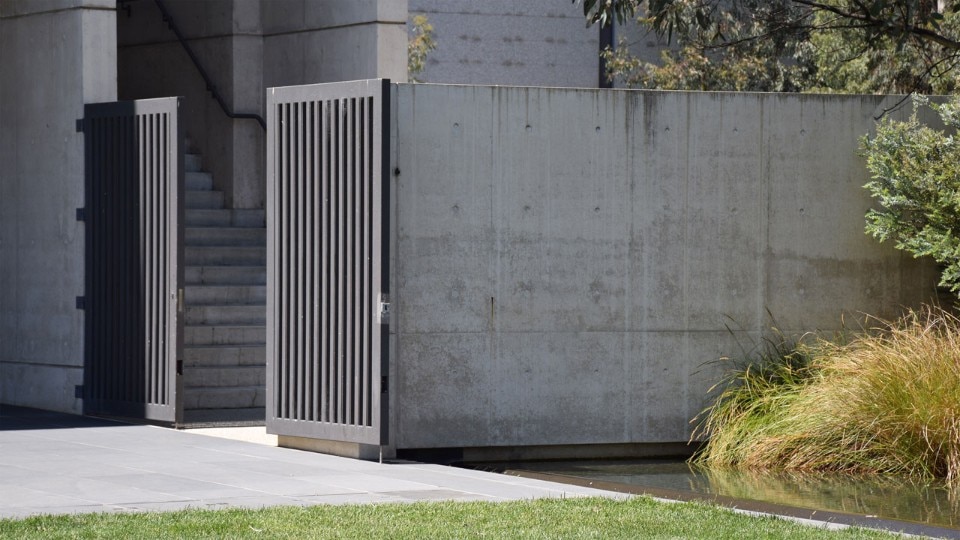
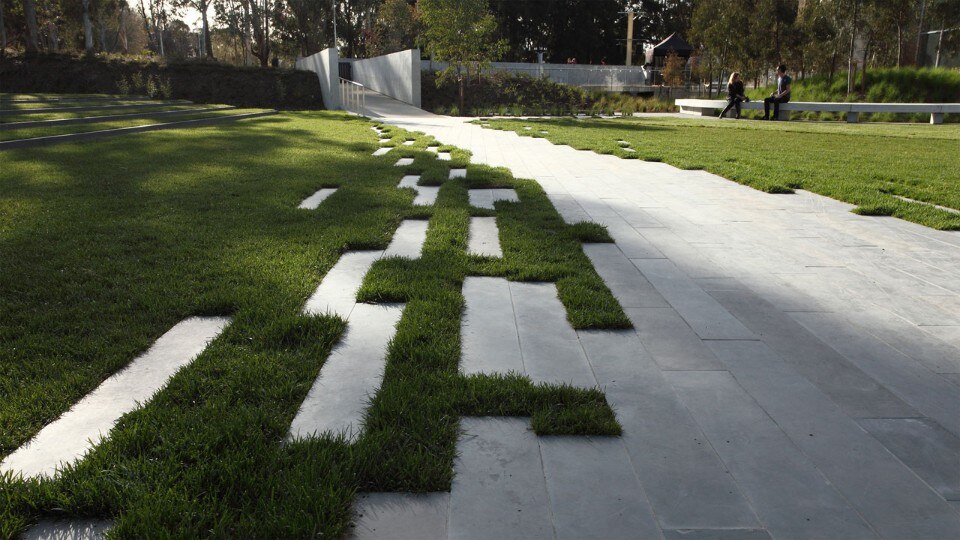
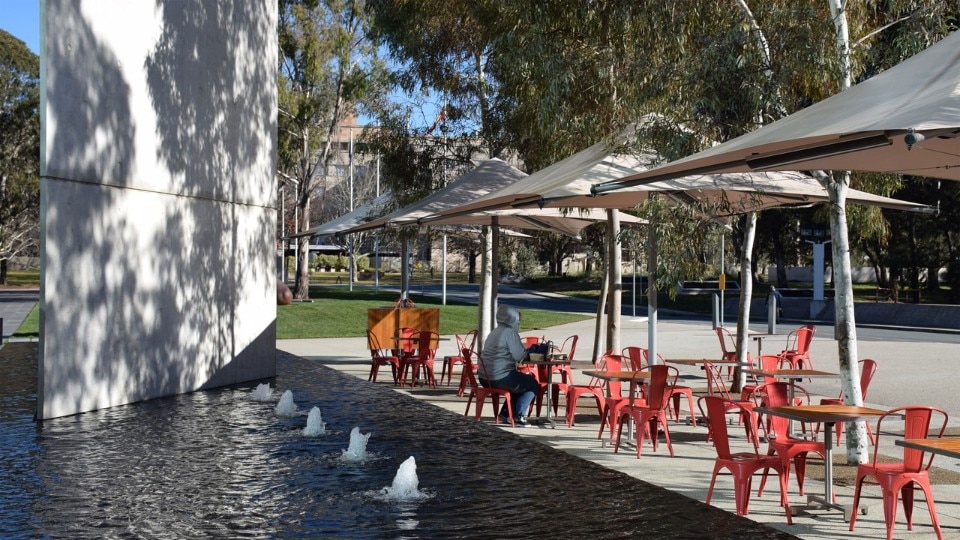
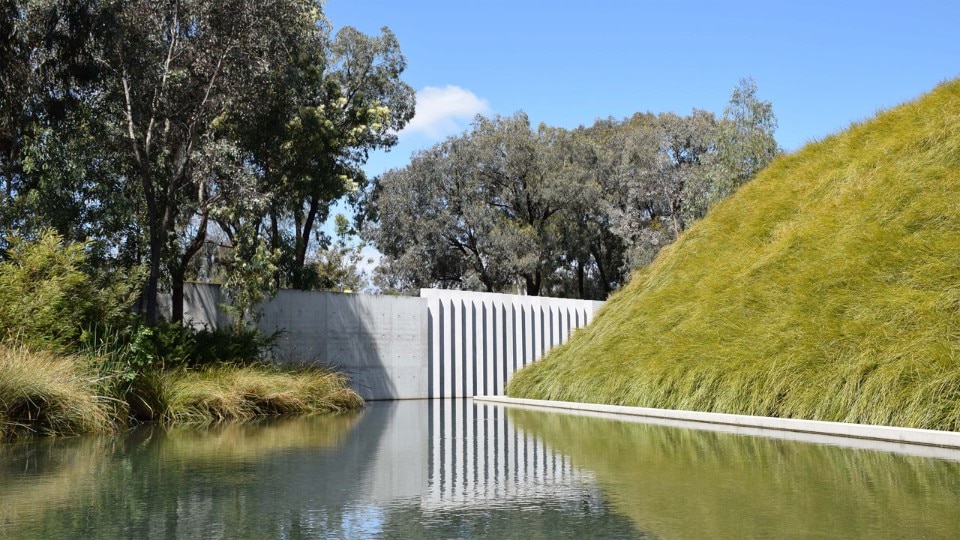
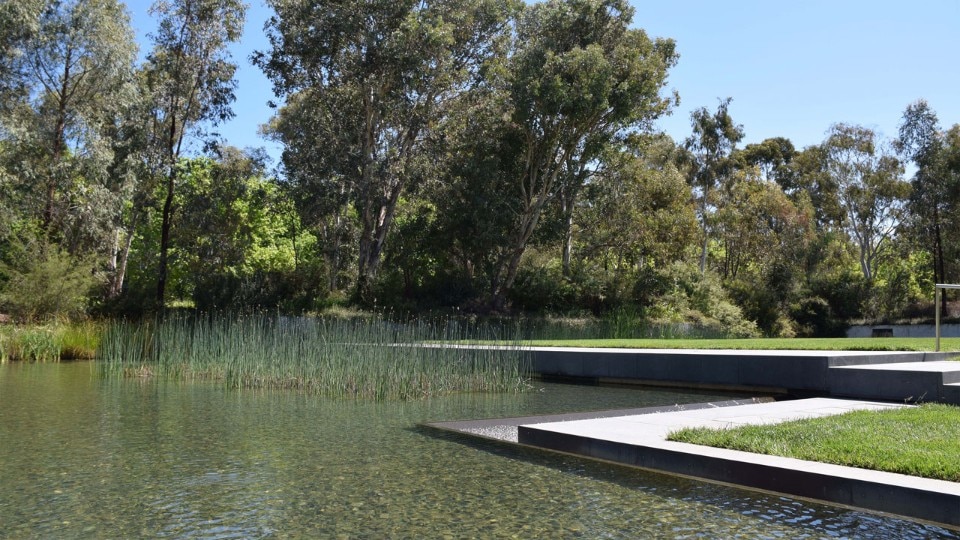
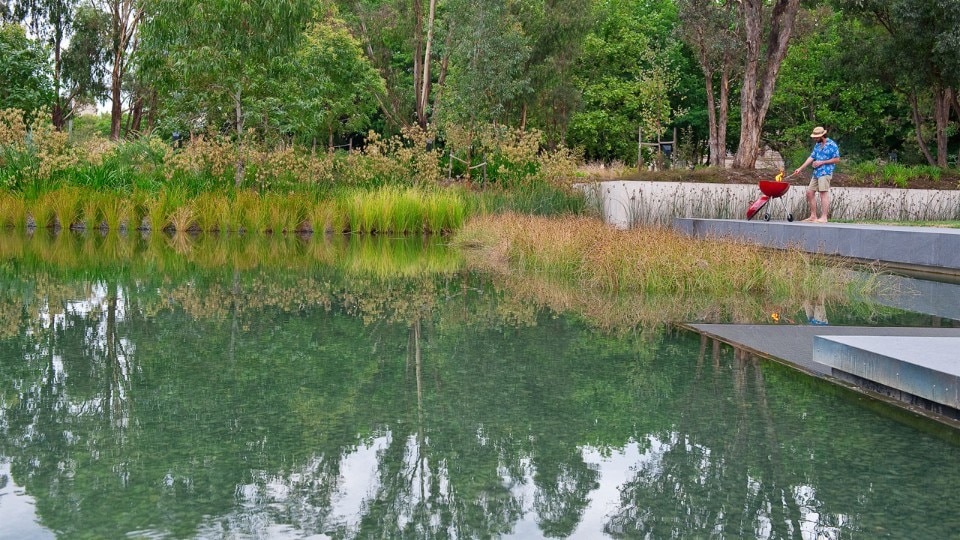
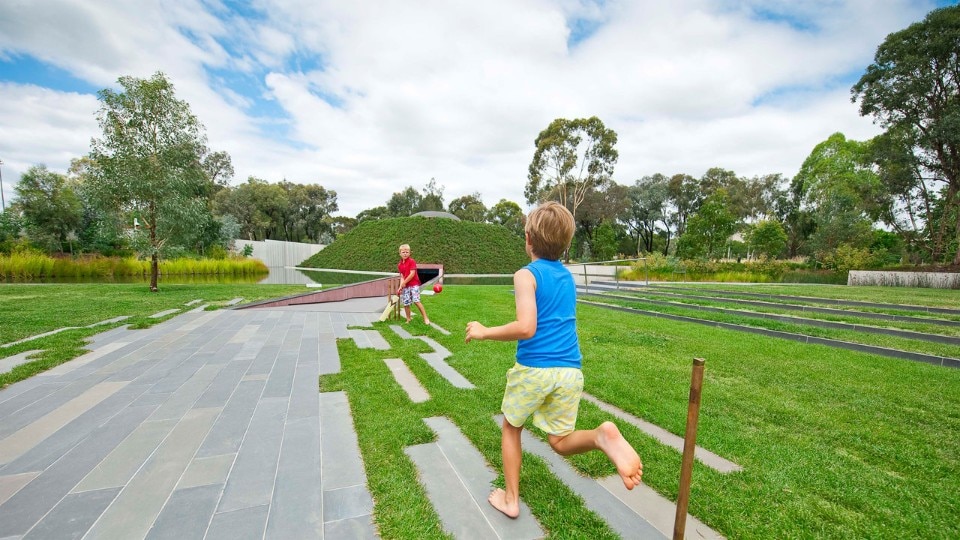
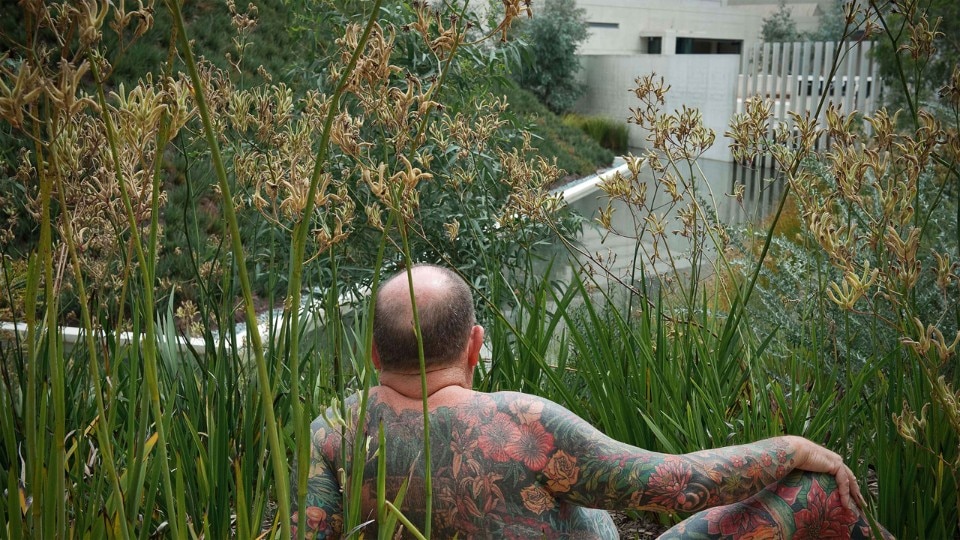
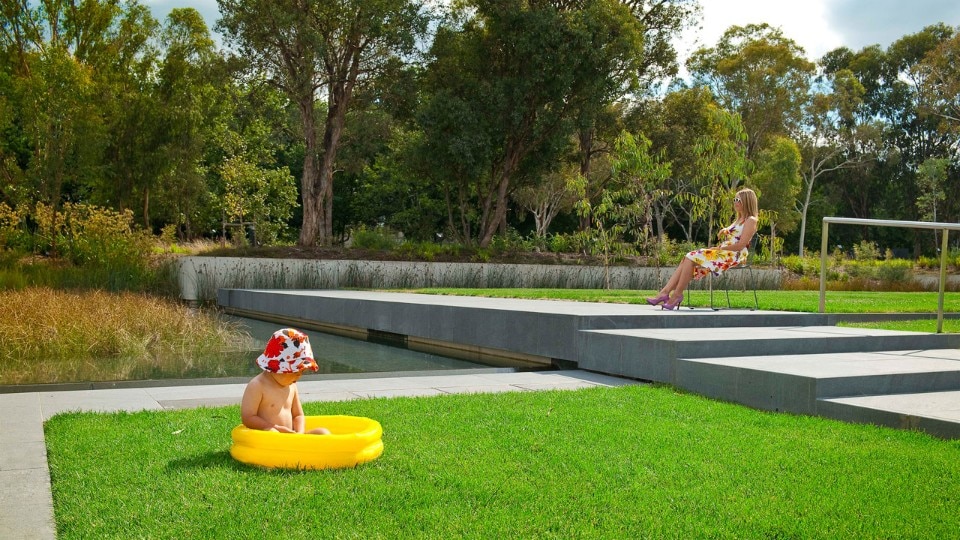
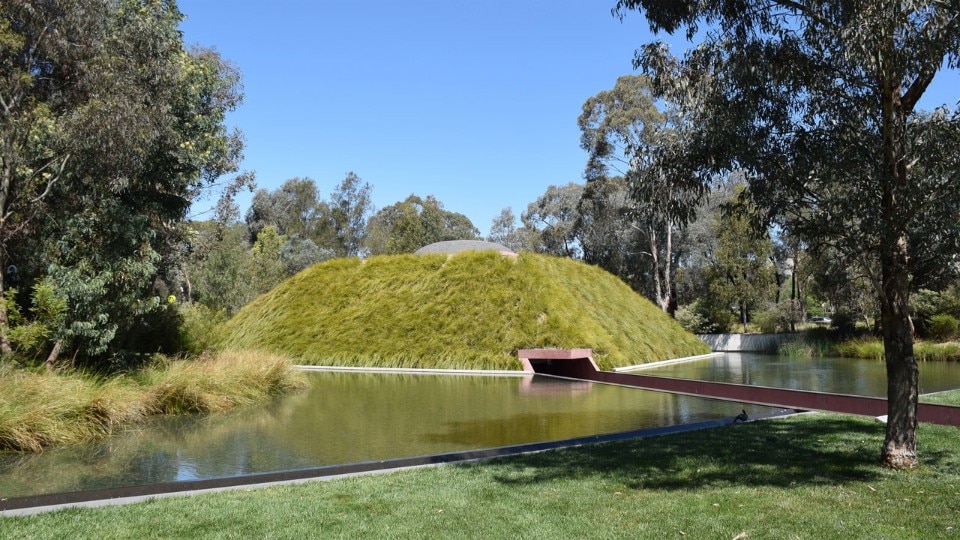
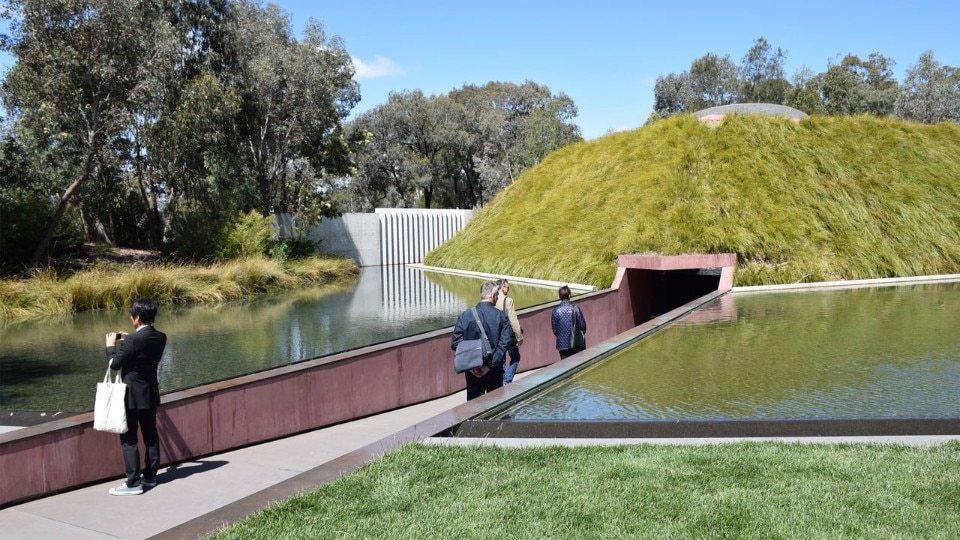
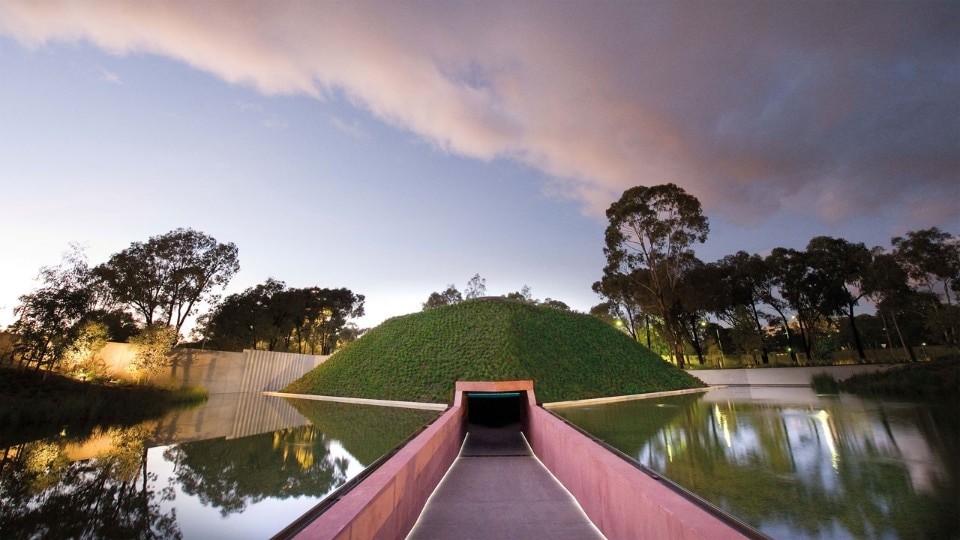
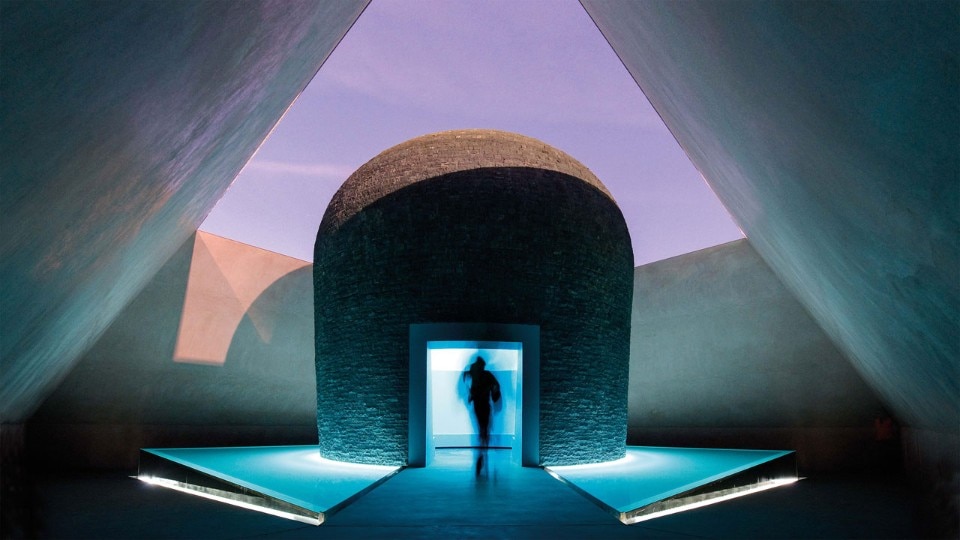
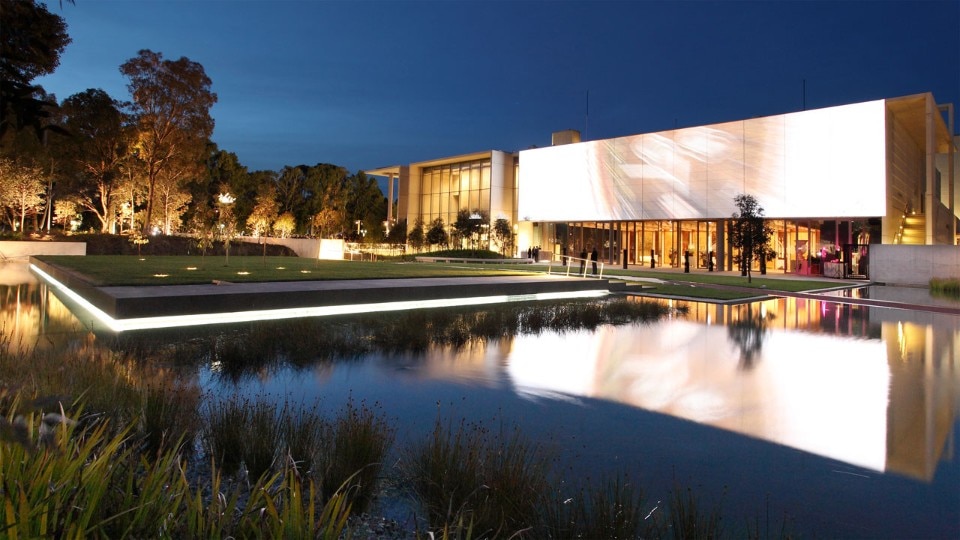
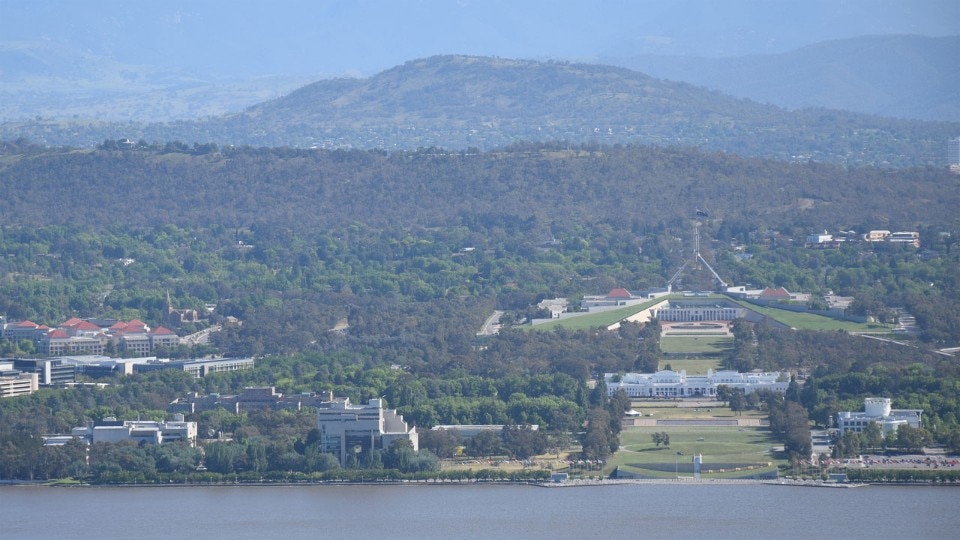


















What are some examples of recent or upcoming projects where you are going to be incorporating some of the philosophies and ideas we have been discussing?
We’re currently working with SANAA on Sydney Modern, which is a renovation to double the size of existing Art Gallery of NSW, and in that we are trying to bring idea to the project like green roofs, like water sensitive urban design practices, sustainable materials, which are all part of a green star target for the whole project which will bring about a good result. Aesthetics, design, fashion and art are the drivers, but sitting underneath that are very good environmental design outcomes.
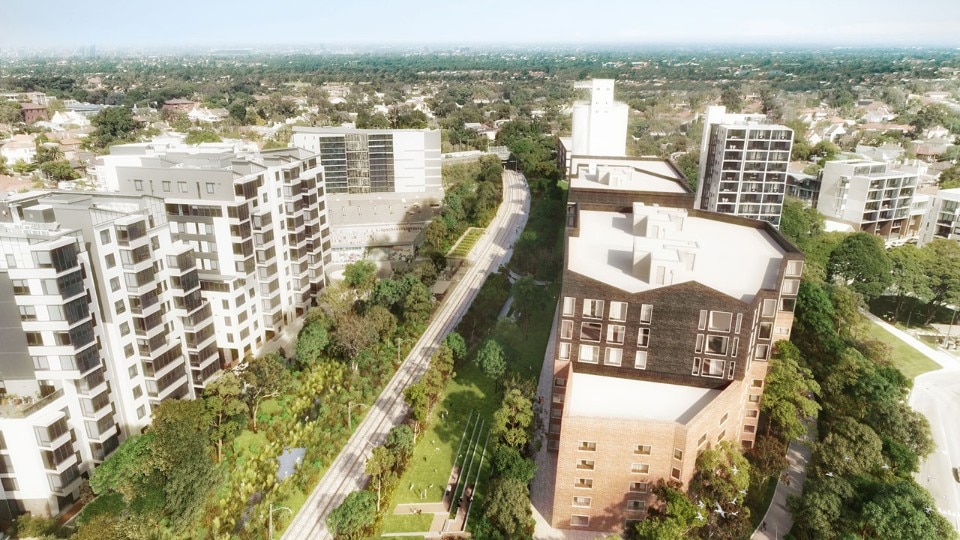
 View gallery
View gallery
Are there any other project you want to talk about in Australia or overseas which are engaging these ideas?
We just finished a GreenWay masterplan to connect Icon Cover to the Cooks River [in Sydney], that’s a good project where open space that is primarily attached to infrastructure is reimagined to become part of the park network for the city. This is a light rail infrastructure corridor that runs along a creek network and it’s also an open space connector, a corridor. It’s a strategy for continuous active transport, cycling link and pedestrian link, open space for residents, and it’s also a green lung for residents in terms of treating water and air. The city only has so much land it can set aside for parks so looking at rail infrastructure, motorway infrastructure, utilities infrastructure – these lands are often not managed as parks, but they can be great parks.
Can biourbanism address the pace and scale of new development?
There is still a huge amount of urban development going on and there’s an opportunity for developing nations to leapfrog ahead. Rather than being industrialised and using industrial processes, they can develop cities now using the technology in energy and mobility that’s already emerging. Through great metropolitan planning, developing nations can do a much better job than western nations with our cities. But it means thinking outside of the box and changing conventional practice – adopting renewables and other forms of technology that we can use.


